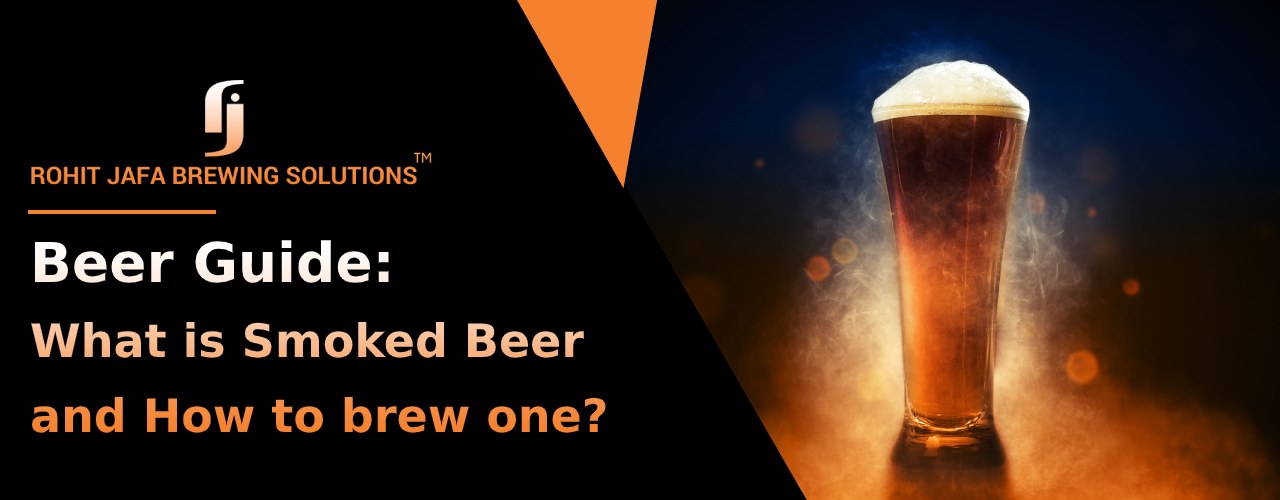
The purpose of the boil is to destroy remaining unwanted enzymes, remove harmful oxygen and to stabilize the wort by lowering pH, ultimately creating the perfect environment for the addition of hops. The temperature is much higher than that of the mash (around 212☏ depending upon altitude) and occurs over a longer period of time. However, the boil is appropriately named.

The mash, which converts starches into sugars, does not actually do so at a boiling temperature. The boil can sometimes be confused with the mash, but they are actually two very different processes. Now that you know the ways by which you can brew, let’s run through the steps.
HOW TO HOMEBREW BEER GUIDE HOW TO
How to Transition from Extract Brewing to All-Grain Brewing. All-grain brewing is only for the experienced brewer that has a solid understanding of the homebrewing process. In turn, it can also create more opportunities for mistakes to be made. All-grain brewing does not use any malt extracts, so all sugars are pulled solely from the grains, which also provides complete freedom when creating your brew. This is the purest form of brewing beer but requires more equipment and space (and subsequently, a greater financial investment), more time and an advanced knowledge of the brewing process. Last but definitely not least is all-grain brewing. At the same time, it doesn’t require much more time, equipment or space than extract-only brewing making the transition an easy one. This is a great second step for those that have successfully brewed with extract-only techniques, have a solid understanding of the process but want to take things further. The combination of both provides increased possibilities in the creation of the flavor, body, appearance and overall quality of your beer. Partial mash, also known as “mini-mash”, brewing involves the use of malt extract as well as grain. Though, even as some brewers learn and progress they choose to continue to employ extract brewing methods simply for the convenience factor. Extract brewing can also include the use of small quantities of grain to add depth to the beer, but overall the process requires less equipment, space and time, making it perfect for those brand new to homebrewing as well as novice and intermediate homebrewers. As the naming would suggest, the methods mainly differ in how the base of the beer is created, among other aspects.Įxtract brewing simply uses extracts from the grains, whether in dry or liquid form, or a mixture of both, to form the base of the beer, known as “wort”. There are three main methods for brewing: Extract, partial mash and all-grain. Watch More Kegerator Videos on YouTube 3 Brewing Methods To Choose From Take notes, recognize the mistakes and use these as learning experiences. It is important for you to understand that this is part of the learning curve, and everyone will make mistakes along the way. Do not let this discourage or demoralize you. 
Keep in mind: As you learn how to brew beer at home, you will get it wrong the first few times. If you mess something up, it will undoubtedly have an effect down the line. These critical brewing steps will form the base of your finished product. This step actually consists of a few sub-processes, including mashing, lautering and boiling, all of which are equally important.ĭoing your absolute best to get everything right during this time is critical to the overall quality of your beer in the end.

This is due to the importance of having to follow a strict timeline and closely monitor the brewing process as it proceeds. The brew is the step that requires the most direct attention from you for an extended period of time.







 0 kommentar(er)
0 kommentar(er)
